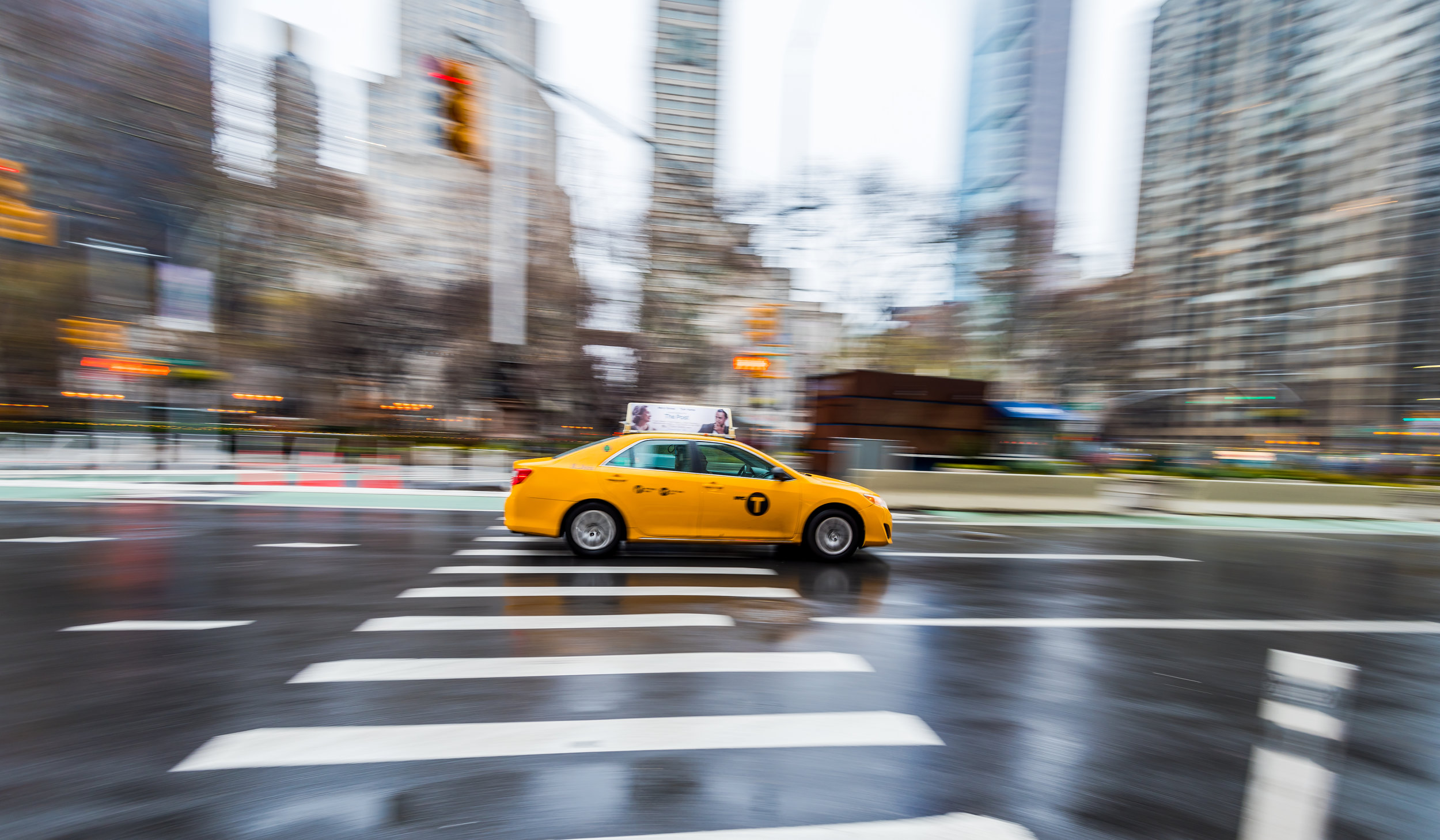Panning is the technique which shows the motion of the subject, if done correctly. It involves the movement of the camera along with the moving subject either in horizontal or vertical direction. When we think of horizontal panning, we can think of situations like traffic on the road, racing games, sprinters or cyclists, whereas panning to capture the motion of a diver is an example of vertical panning. Theoretically, panning is a simple technique which requires you to use the slower shutter speed, maintain the focus on the subject, continuously pan with the subject and then take the shot. But getting a perfect panning shot is not as simple as it sounds. It needs precise focusing on the subject, good timing on releasing the shutter, balancing your distance with the subject and keep practicing with the different shutter speed until you get the balanced result.
Panning is an interesting concept where the motion is shown by freezing the movement of the subject while making the background blurry at the same time. We all know that freezing the moving subject requires faster shutter speed, but to make the part of the image blurry, we need to shoot with the slower shutter speed. If that is the case, you can possibly argue that how can we achieve the desired shot without combining multiple images, right? And that is the secret of this technique. You don’t have to edit the picture or combine shots in order to get the motion effect in a single picture. You would get it by properly applying the techniques, and timing the shot from the proper distance so that you could include the background in the frame, which is very important to get the motion effect. Now let’s get into the details of these techniques and see how can we master the panning shots.
Read More








